Plei Djereng Special Forces Camp
Plei Djereng Special Forces camp was probably a pretty lonely outpost when it was established in December 1964 near the Cambodia border and while it is still quite remote, it is one of the more satisfying visits for Vietnam War history buffs.
Thanks to its remote location, there is a lot to find here, including old trenches, concrete bunkers, bomb craters and spent M16 cartridges – all a testament to the fierce fighting that took place in the area. In the earlier years of the war, the U.S. military focused on getting highly trained special forces teams like the 5th Special Forces Group into the countryside to train local forces to stop the North Vietnamese forces from infiltrating into the country along the Ho Chi Minh Trail in nearby Cambodia.
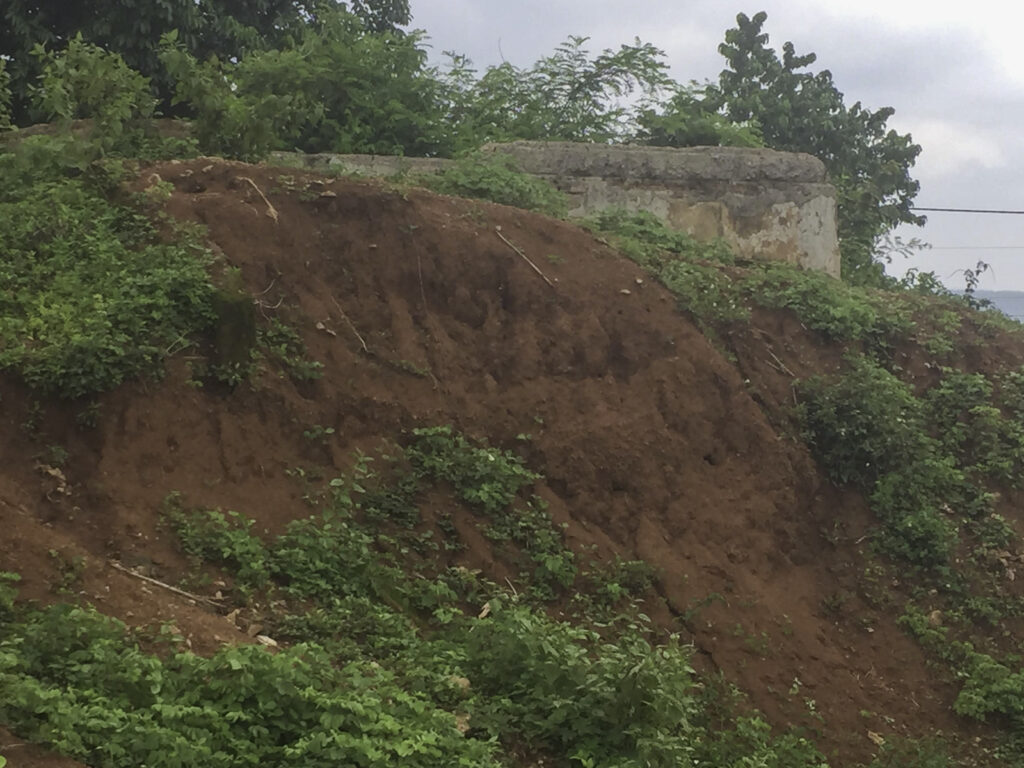
American advisers would work with South Vietnamese troops as well as the local tribal people that they recruited to what became the Mobile Strike Force, a.k.a. Mike Force. The tribal people were of many different tribes, often speaking completely different languages throughout the central highlands. American advisers and combat leaders would work closely with their allies and form strong bonds. They were often called Montagnards (“Yards” for short) from the French word for mountain people. These forces would perform missions mainly inside Vietnam, patrolling the jungle and hit any enemy forces they could come across. They were highly mobile and very effective as the Montagnards knew the jungle like the back of their hands. Being highly spiritual, they believed the spirits of their ancestors lived among them and in the jungle.
The camp was also used as a launch point for MACV-SOG teams going into Cambodia.

Notable also is the camp’s proximity to the Plei Trap Valley stretching north-south along the border. The valley was one of the most remote places during the war and contained the infamous North Vietnamese POW camps with bamboo cages submerged in the rivers. It was truly a strong point for Hanoi forces. The Wayne Grey campaign that took place during March 1969 was aimed at clearing the valley and although most objectives were reached, not much was achieved in terms of pacifying the valley in the long term. This was one of the largest operations that the 4th Infantry Division undertook during the war. Over the years, several daring missions were also launched into the valley in order to locate and free POWs, however none of these were ever successful.
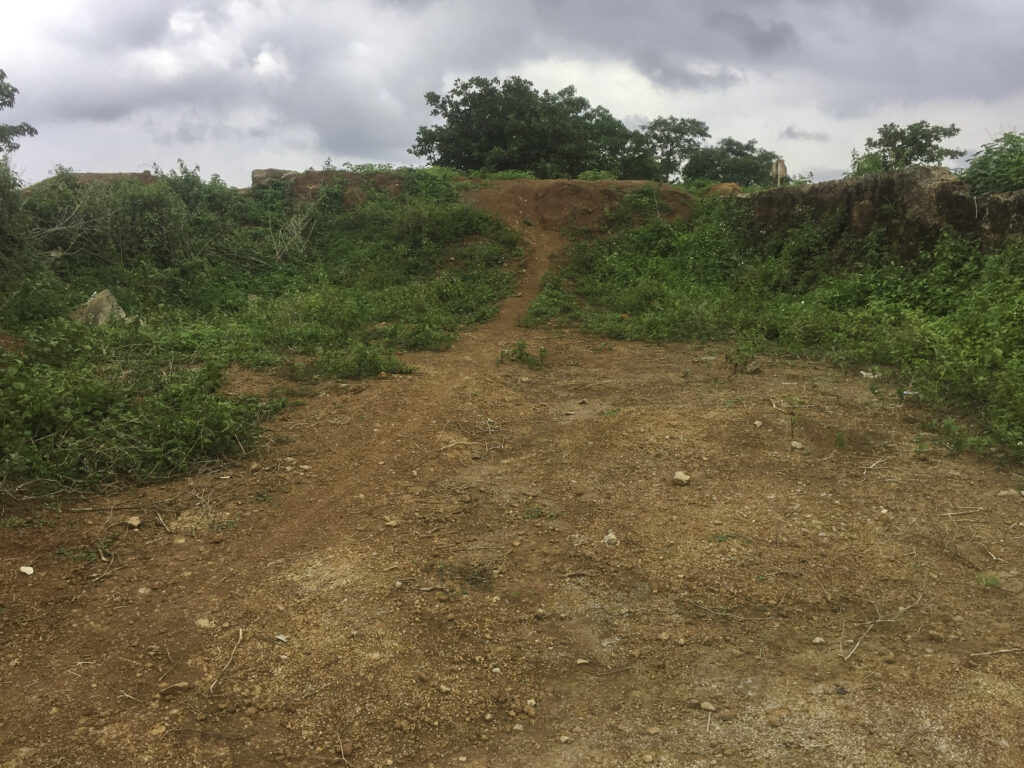
Before my visit, I had heard there would be a lot to see at the camp site which of course is always promising. Some of the other Special Forces camps we have visited like Camp Ashau and Ben Het have little more than their old runways in varying condition, Plei Djereng didn’t have a runway so I had to place my hopes in the camp itself to tell me its story. See below the video from my visit.
As I arrived, I immediately realized any worries I’d had were unnecessary. From the small village I looked up towards the hill and started exploring.
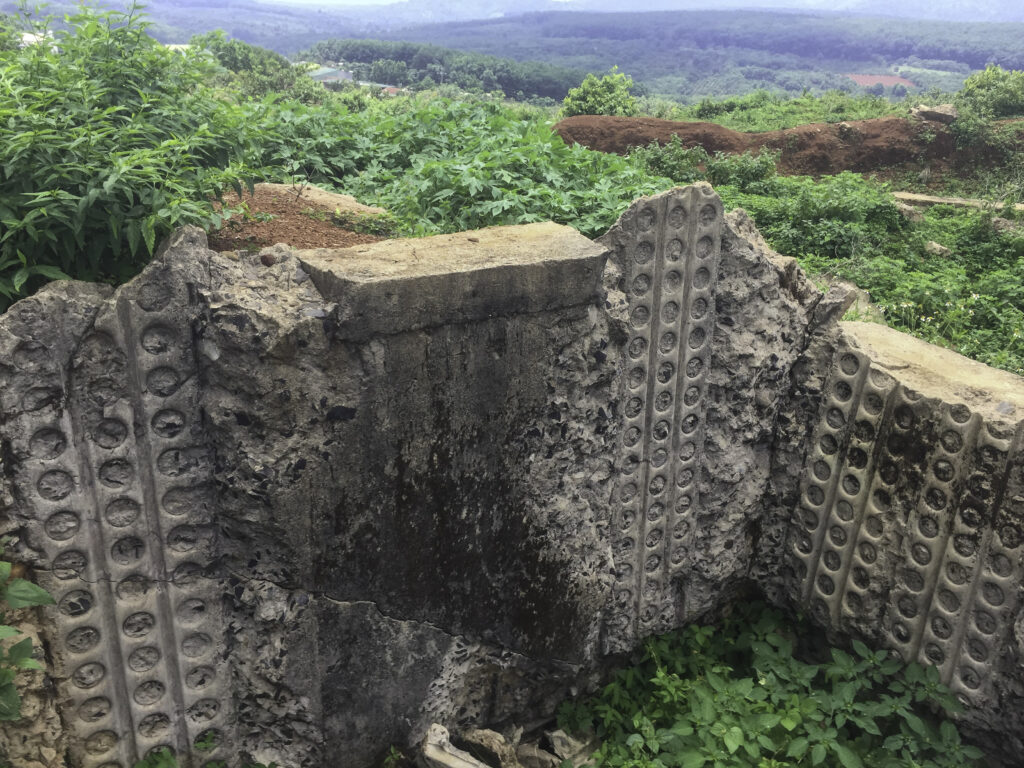
There are signs of military activity everywhere: concrete slabs, bomb craters, mortar craters, rocket craters. More concrete. Bunkers lined with PSP, trenches etc. There is no doubt that this was the site of an old military installation. I also found lots of war garbage on site – empty M16 cartridges, sandbags, soles from jungle boots, ponchos, poncho liners, MRE bags, more sandbags. I spent a lot of time walking the hill, carefully putting my feet on trails trying to avoid any unexploded ordnance that might still be around. Rarely have I seen so many craters and bunkers in one little spot. It was a great visit. The small camp holds so much history for the visitor and being so remote, it is very much untouched since its last heavy battle.
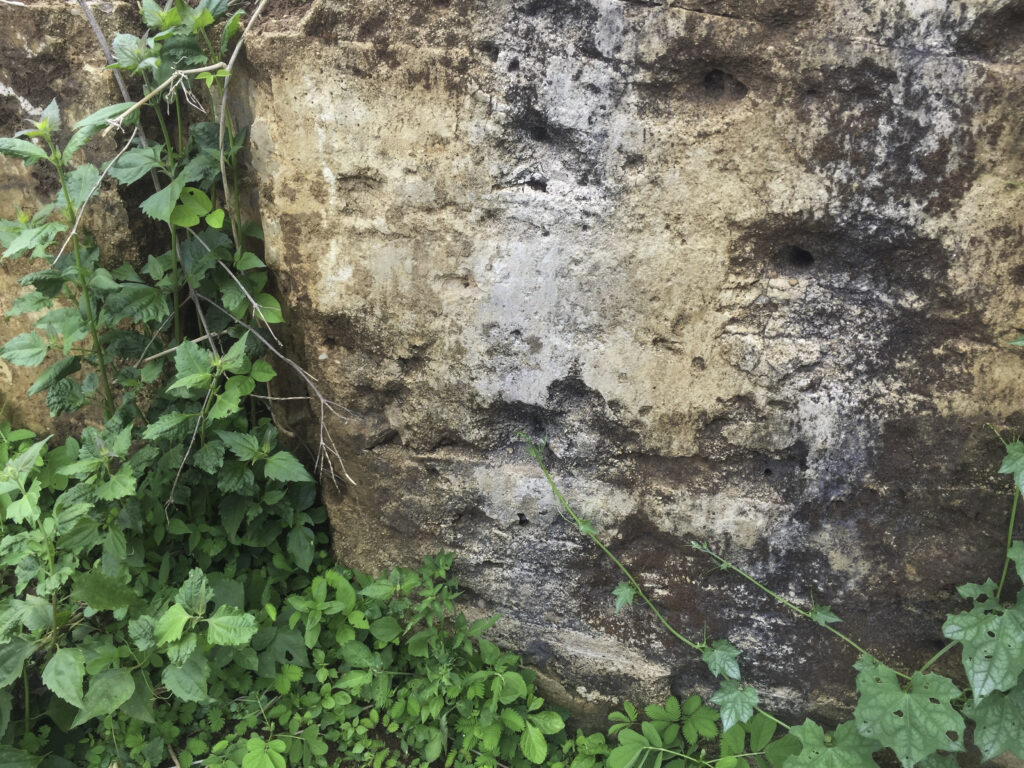
Despite the heavy undergrowth, in many ways it felt like the camp had been abandoned just the week before after a massive bombardment.
Plei Djereng is 45 kilometers from Pleiku to the east and is one of numerous bases and Special Forces camps that surrounded the important Central Highlands city.
In October 1966, the PAVN began attacking reconnaissance patrols run around Plei Djereng, and so U.S. forces launched Operation Paul Revere IV, deploying two brigades north and south of the camp. In the first 12 days of the operation losses were 22 U.S. and 138 PAVN killed.
In October 1970 the camp was transferred to the ARVN 80th Border Rangers . In September 1973 the camp came under artillery fire and was overrun by the PAVN 26th Regiment, 320th Division supported by artillery and tanks. Two-thirds of the rangers at the camp were killed or captured during the battle. The ARVN claims to have destroyed three T-54 tanks during the battle.
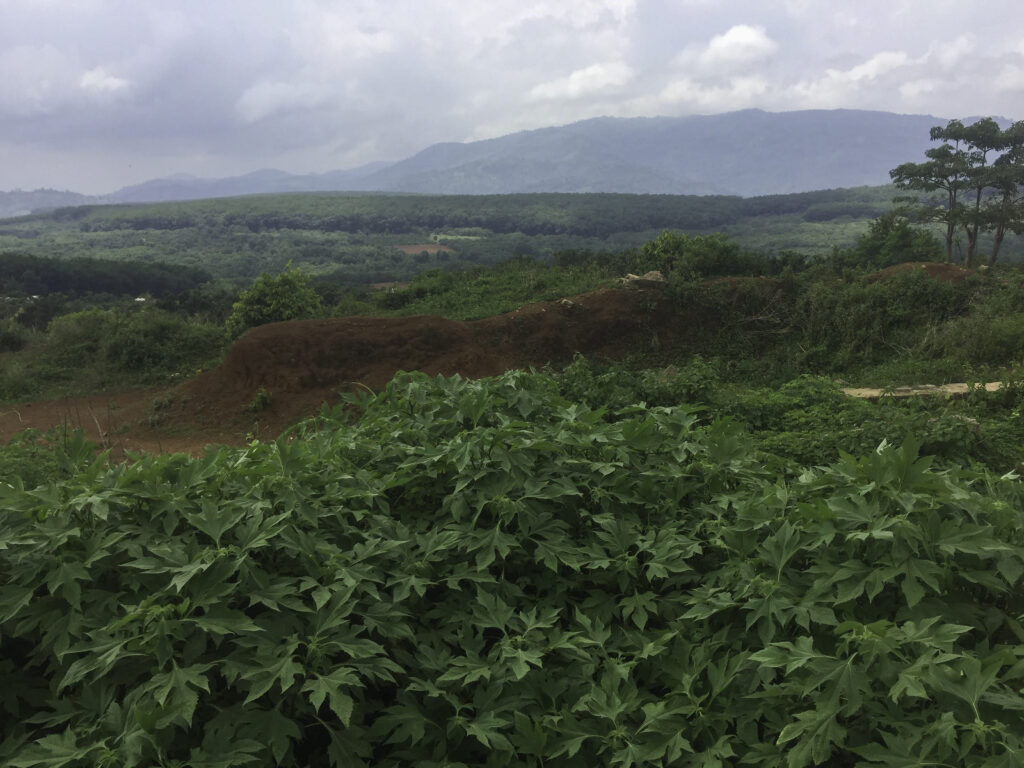
The view from the top of the hill was expansive. It is clear why it was chosen as a defensive position. Ia Krai village surrounds the site, but only two or three houses have actually been built on the road adjacent to the old camp. This land is available, but nobody wants it. “They’re afraid of ghosts,” explained my guide. The nearby houses all have altars on the street where a mailbox would sit in the United States. “They’re very afraid of ghosts from this hill. Ghosts come out at 12 p.m. and 12 a.m. in Vietnam.” I looked at my watch. It was 12:15 p.m. “The altars are for people to pray for the dead. The hope is that regular prayers will keep these ghosts from wandering too much.”
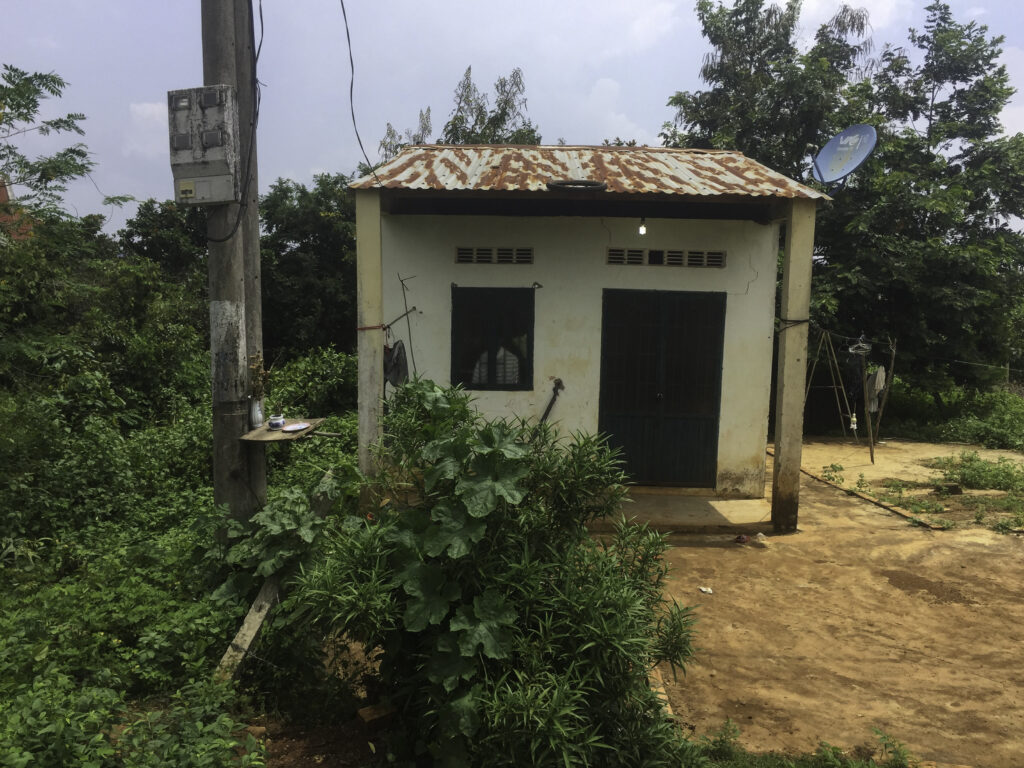
This was a good day to be a history traveler. The Plei Djereng Special Forces Camp was one of many such installations along the border areas. The site had shared some of its violent and colorful history with me. As I got on my motorbike to drive back to Pleiku for the evening I took a quick look over my shoulder up the hill. The glowing yellow afternoon sun was setting behind it. The spirits of the highlands were at peace.
SB
How to get there
The camp is located along the road about 45 kilometers west of Pleiku. It is very easy to get here by car or motorbike. Please note that visiting here might require a permit from the border police as it is quite close to the Cambodian border. Make sure to check with your guide or have the hotel call the border police to ask. Your guide should be able to make arrangements for a permit.
Coordinates to the site are: 13°58’20.7″N 107°39’23.1″E